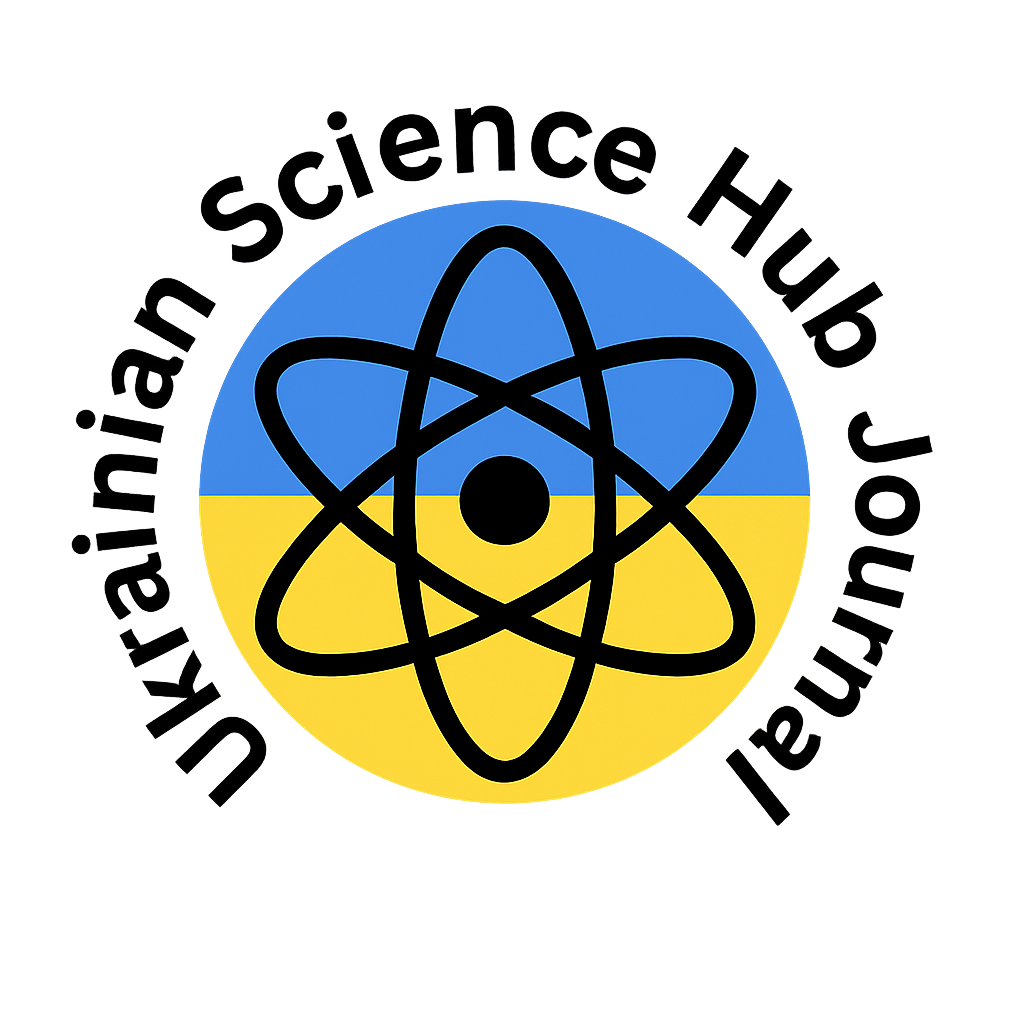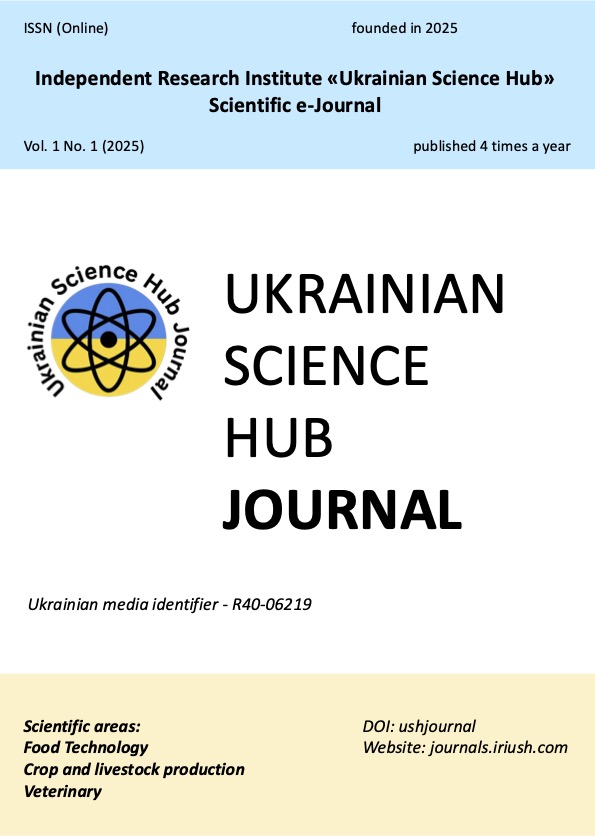COMPARISON OF INTERNATIONAL REQUIREMENTS FOR QUALITY AND SAFETY OF BEEKEEPING PRODUCTS
DOI:
https://doi.org/10.64378/iriush.journals.2025.1.1Keywords:
honey, propolis, bee pollen, food products, regulatory standardsAbstract
Most countries around the world have regulatory requirements for food raw materials and food products. However, the requirements for the same product often vary across different countries, which creates challenges in international trade, including the export and import of food. To facilitate the use of uniform and harmonized standards, the International Organization for Standardization (ISO) was established. ISO develops international standards and requirements in various spheres of human activity. At the same time, many countries retain their own national standards. This article presents a comparative analysis of international and national regulatory requirements for key beekeeping products — honey, bee pollen, and propolis — in order to determine their compliance with modern quality and safety criteria for further use in food production. The analysis included international standards and regulations, as well as those of Poland, Ukraine, Switzerland, Brazil, and the European Union. It was found that the strictest requirements for honey in terms of moisture content (no more than 18.5% for the highest grade) and diastase number (no less than 8) are set by DSTU 4497. For bee pollen, DSTU 3127 stipulates a maximum moisture content of 10% and protein content of not less than 22%, exceeding the minimum ISO standards. DSTU 4662 requirements for propolis limit the wax content to 15%, ash content to 5%, and specify a minimum level of oxidized substances — at least 0.6 cm³ per 1 mg of propolis. Regarding safety indicators, Ukrainian standards define the lowest permissible levels of heavy metals: lead (≤0.1 mg/kg), cadmium (≤0.05 mg/kg), and mercury (≤0.03 mg/kg), and prohibit the presence of foreign impurities and pathogenic microorganisms. The European Union Regulation is one of the key documents referenced during honey import into its territory, requiring mandatory compliance with established indicators. Some physicochemical and safety parameters are included in the regulations of certain countries but not in others, or are considered in national regulations but not in international standards. Based on the results of the study, it was concluded that compliance with the minimum requirements of international standards, EU regulations, or Ukrainian standards ensures that beekeeping products are safe and suitable for use as raw materials in food production. The findings of this research can be used by manufacturers, exporters, and food technologists to make informed decisions when selecting raw materials, taking into account the specific regulatory requirements of different countries and regions, and also for the development of food products containing beekeeping ingredients.
References
Adamchuk L. O., Silonova N. B., Sukhenko V. Yu., Pylypko K. V. (2020). Normatyvne rehuliuvannia pokaznykiv bezpechnosti ta yakosti medu. [Normative regulation of honey safety and quality indicators]. Animal science and food technology, 11, 4. https://doi.org/10.31548/animal2020.04.005
Adamchuk, L., Dudchenko, N., Hengalo, N., Lisohurska, D., & Pylypko, K. (2021). Characteristics of Ukrainian honeydew honeys. Food Resources, 9(16), 6–19. https://doi.org/10.31073/foodresources2021-16-01
Antoniv, A. (2024). Improvement of meat snack technology with the addition of beekeeping products [Dissertation for the Doctor of Philosophy, National University of Life and Environmental Sciences of Ukraine]. https://nubip.edu.ua/sites/default/files/u145/dis_antoniv.pdf
Barabash, A. V., & Shtonda, O. A. (2022). Honey in marinades for meat semi-finished products. In Scientific achievements in solving actual problems of raw material production and processing, standardization, and food safety: Proceedings of the XI International Scientific and Practical Conference of Scientists, Postgraduates and Students (pp. 157–158). Kyiv: Publishing Department of NULES of Ukraine.
Bilotserkivets, T. I., Hengalo, N. O., Mykhalska, O. M., & Adamchuk, L. O. (2015). Evaluation of honey based on quality indicators in accordance with current regulations. Scientific Bulletin of the National University of Life and Environmental Sciences of Ukraine. Series: Technology of Production and Processing of Livestock Products, (223), 52–57.
Canadian Grade Compendium: Volume 6 – Honey, 2021. Retrieved from https://inspection.canada.ca/en/about-cfia/acts-and-regulations/list-acts-and-regulations/documents-incorporated-reference/canadian-grade-compendium-volume-6/
Chechitko, V., Antoniv, A., & Adamchuk, L. (2024). Analytical review of the market of raw materials and innovative technologies of health-improving food products of plant origin. Scientific Journal'Animal Science & Food Technologies', 15(3).
Chumak, R. V., & Yudicheva, O. P. (2016). Methods of natural honey adulteration. In Current Issues of Theory and Practice of Commodity Expertise: Proceedings of the III International Scientific and Practical Internet Conference (pp. 315–318). Poltava: PUET.
Codex Alimentarius Commission. (2001). Revised Codex Standard for honey. Codex STAN 12-1981.
Dontsova, I. V., & Lebedynets, V. T. (2020). Animal-origin food raw materials: classification, properties and use. Bulletin of Lviv University of Trade and Economics. Technical Sciences, (23), 121–127.
Drozhzhyn D. Yu. Zakharchuk, D. M. (2023) Peculiarities of regulatory regulation of the quality and safety of bee honey in the perspective of comparison: Ukraine and the international trade space. Current issues, problems and prospects for the development of science and education, 43.
DSTU 4497:2005 (2007). Natural honey. Specifications. Kyiv: State Consumer Standard of Ukraine.
DSTU 4662:2006 “Propolis (Bee Glue). Specifications”. (2007). Kyiv: State Standards of Ukraine.
Etkalo, A. A., Lysenko, H. L., & Leppa, A. L. (2024). Craft production of animal-origin products in Ukraine. Retrieved from https://repo.btu.kharkiv.ua/server/api/core/bitstreams/bb09feb7-cf42-457b-8e82-5a42f52ef76b/content
European Honey Directive 2001/110/EC. (2001). Relating to Honey.
Ferreiro-González M et al. (2018). Rapid quantification of honey adulteration by visible-near infrared spectroscopy combined with chemometrics. Talanta, 188, 288–292. DOI:10.1016/j.talanta.2018.05.095.
García, N. L. (2018). The Current Situation on the International Honey Market. Bee World, 1–6.
Hospital, X. F., Hierro, E., Martín-Cabrejas, I., Caballero, N., Jiménez, B., Sánchez-Martín, V., ... & Fernández, M. (2024). Bee products as an alternative for the preservation of nitrate and nitrite-reduced dry fermented sausages. Food Bioscience, 59, 104048.
ISO/CD 24381 “Bee Propolis – Specifications”. Retrieved from https://www.iso.org/standard/78543.html.
Jaśkiewicz, K., & Szczęsna, T. (2025). Quality and Safety Assessment of Honey Imported from Ukraine to Poland: Physicochemical and Residue Analysis. Journal of Apicultural Science, 69(1), 1-16.
Kotelevych, V. A., Huralska, S. V., & Honcharenko, V. V. (2024). Veterinary and sanitary assessment of honey and other beekeeping products according to quality and safety indicators. Bulletin of Sumy National Agrarian University. The series: Livestock, (1), 48-58.
Koval, S. Yu., & Rossokha, V. V. (2022). Theoretical approaches to determining the essence of management of control systems and quality of beekeeping products. Economic Bulletin of Donbas No. 1(67). https://doi.org/10.12958/1817-3772-2022-1(67)-41-51.
Lazarieva, L. M., Kovtun, V. A., & Shtanhret, L. I. (2015). Analysis of honey quality indicators in the western region of Ukraine. Veterinary Medicine, (101), 57–59.
Ministry of Agrarian Policy and Food of Ukraine. (2019). Order No. 330 “On approval of the Requirements for honey”. https://zakon.rada.gov.ua/laws/show/z0725-19#Text
Mylostyva, D. F. (2024). Detection of honey adulteration. In Current Issues of Commodity Science, Biotechnology, Expertise and Customs: Proceedings of the International Scientific and Practical Internet Conference (pp. 97–99). Poltava: PUET.
National Standards of People’s Republic of China GB 16740-2014. (2015). National Food Safety Standards Honey.
Nogueira, C., Iglesias, A., Feás, X., & Estevinho, L. M. (2012). Commercial Bee Pollen with Different Geographical Origins: A Comprehensive Approach. International Journal of Molecular Sciences, 13(9), 11173-11187. https://doi.org/10.3390/ijms130911173.
Normative Instruction No. 11 Annex VII. Regulation of Identity and Quality of Propolis Extract. (2000, October).
Novhorodska, N. V. (2024). Use of bee products in the meat industry. All-Ukrainian Scientific and Practical Conference: "Sustainable Relations of Food Quality and Safety Criteria", May 16, 2024. Bila Tserkva.
Official Gazette of 10/23/00, 16-17. Department of Inspection of Products of Animal Origin – DIPOA.
Pambuk, S. A., Martirosyan, I. A., & Kruglyak, Yu. O. (2019). Ways to harmonize Ukrainian and international requirements for honey quality. Commodity Bulletin, (12), 37-48.
Polish standard “Propolis – kit pszczeli PN-R-78891”. (1996). Polish Committee for Standardisation. SKN 1552 ICS 65.140.10.
Reybroeck, W. (2014). Quality control of honey and bee products. In Beekeeping for poverty alleviation and livelihood security (pp. 481-506). Springer, Dordrecht.
Shtonda, O., Kulyk, V., & Semeniuk, K. (2023). Application of beekeeping products in the technology of raw smoked sausages. Animal Science and Food Technology, 14(3), 86-98. https://doi.org/10.31548/animal.3.2023.86.
Sukhenko, Y., Shtonda, O., Soldatov, D., & Sukhenko, V. (2021). Extension of shelf life of semi-smoked Krakivska sausages through treatment with aqueous propolis extract from “Pcheloproduct” LLC. Food Resources, 9(17), 157–164. https://doi.org/10.31073/foodresources2021-17-16
Susol, N., & Prystavska, N. (2023). Assessment of the level of vulnerability of natural honey to falsification. Proceedings of the scientific and practical online conference "Food safety and quality in the concept of "One Health"" (Lviv, June 1–2, 2023). https://nvlvet.com.ua/index.php/conferences/article/view/4832.
Thrasyvoulou, A., Tananaki, C., Goras, G., Karazafiris, E., Dimou, M., Liolios, V., ... & Gounari, S. (2018). Legislation of honey criteria and standards. Journal of Apicultural Research, 57(1), 88-96. https://doi.org/10.1080/00218839.2017.1411181
Ulmer, M., Smetana, S., & Heinz, V. (2020). Utilizing honeybee drone brood as a protein source for food products: Life cycle assessment of apiculture in Germany. Resources, Conservation and Recycling, 154, 104576.
United States Pharmacopeia. (2018). Food fraud database.
Végh, R., Csóka, M., Sörös, C., & Sipos, L. (2024). Underexplored food safety hazards of beekeeping products: Key knowledge gaps and suggestions for future research. Comprehensive Reviews in Food Science and Food Safety, 23(5), e13404.
Downloads
Published
Issue
Section
License

This work is licensed under a Creative Commons Attribution-NonCommercial-ShareAlike 4.0 International License.


